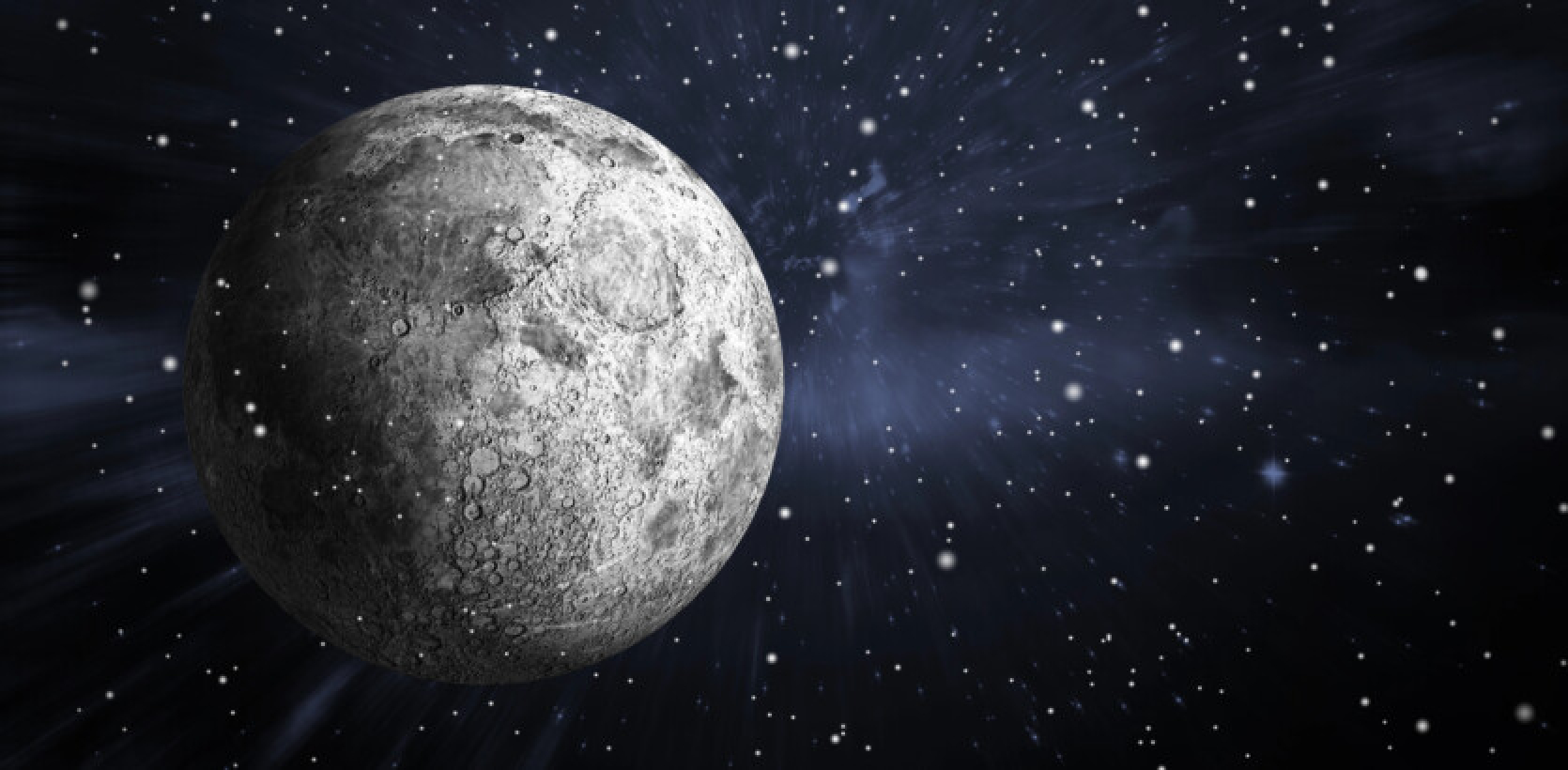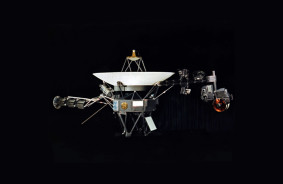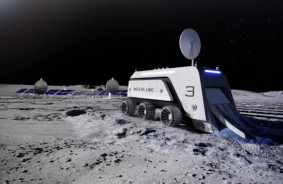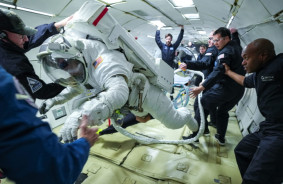Researchers from the University of Nevada, Las Vegas have proposed a hypothesis that in the early stages of its existence, the Earth-Moon system may have had small companions in polar orbits.
Currently, the Moon orbits Earth at a distance of about 384,600 km, which is 30 times the diameter of our planet. However, this distance is constantly increasing — the Moon is moving away from Earth at a rate of approximately 3.8 cm per year.
Researchers note that the Moon formed nearly 4.5 billion years ago, likely as a result of a collision between Earth and a Mars-sized object. After this catastrophic event, the Moon began to form at a distance of just 19,135 km from Earth, which is roughly 1.5 times the diameter of our planet.
Steven Lepp, a co-author of the study, explains:
"In the early stages of the solar system's formation, there were many more small bodies and debris than there are today."
Most of the debris created during the Moon's formation likely collided with the Moon or Earth, or was ejected from both. However, some of these fragments could have orbited around Earth and the Moon in so-called circular orbits.
The researchers found that the Earth-Moon system could have had a satellite or a disk in a polar orbit — meaning around the poles of Earth and the Moon, rather than the equator. Such orbits were stable from the Moon's formation until the distance between Earth and the Moon reached 7.5 times the Earth's diameter.
Although today the Moon's orbit is tilted by 5 degrees relative to Earth's orbit around the Sun, previous studies suggested that during its formation, this tilt was at least 10 degrees. The presence of satellites in polar orbits could have influenced the evolution of the Earth-Moon system and explained these enigmatic aspects.
Lepp concludes that these findings open the possibility of stable polar moons forming in exoplanetary systems, which may have observable implications for future research.
The study's results have been accepted for publication in the Astrophysical Journal.
As a reminder, researchers from China have found evidence of water in lunar soil samples collected by the Chang'e-5 mission, which opens new avenues for studying Earth's natural satellite.
Source: Space














Comments (0)
There are no comments for now